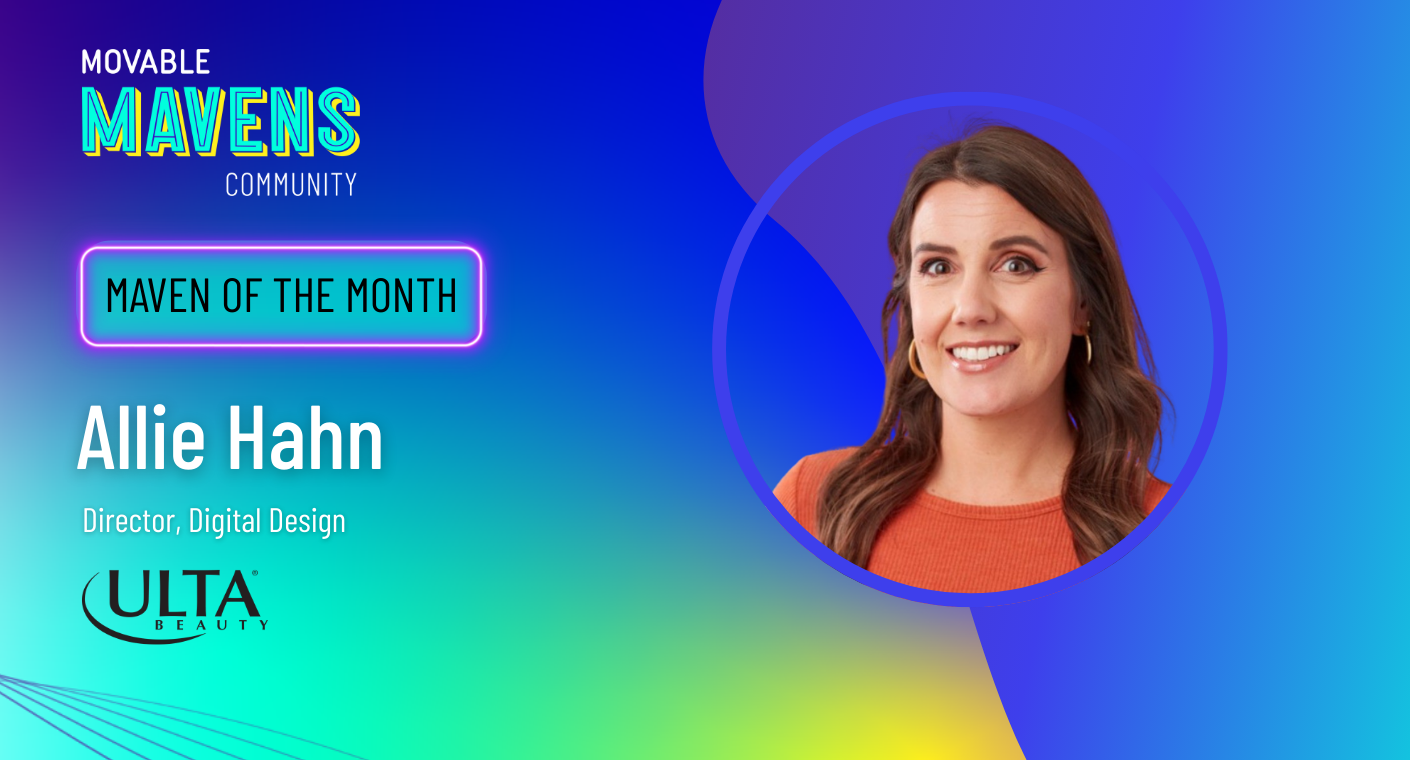Blog
Check out what the world's marketing mavens are reading to bring their personalization strategies to life.

There's nothing here... Try looking for something else.
2025 Black Friday & Cyber Week: The Data Behind the Deals
Get a full breakdown of the spikes, the stalls, and the surprises that shaped the rush.
Check out what the world's marketing mavens are reading to bring their personalization strategies to life.

There's nothing here... Try looking for something else.

